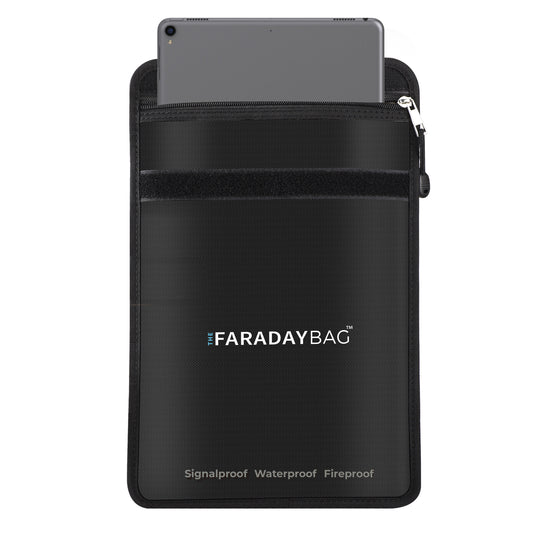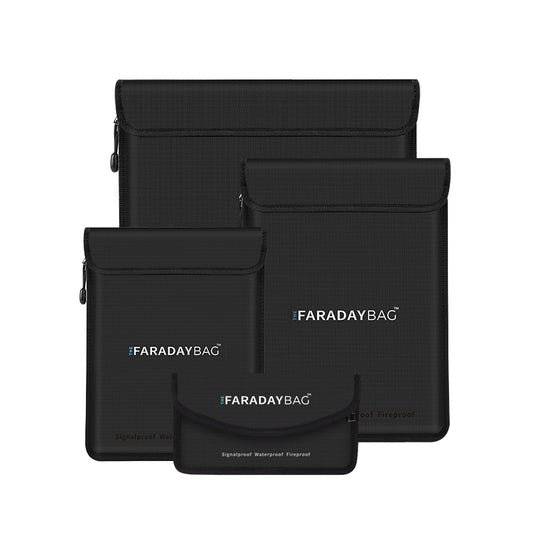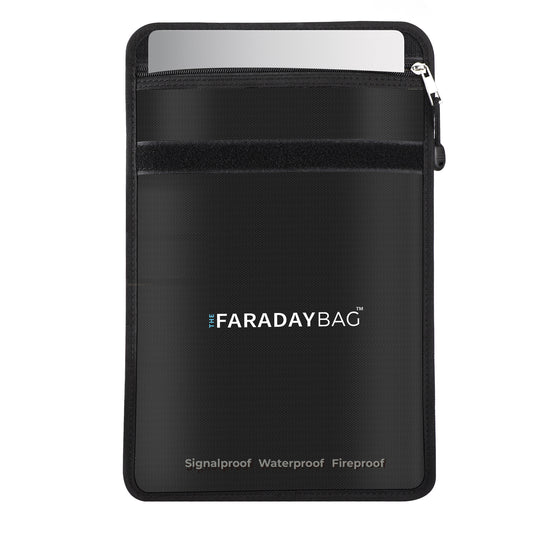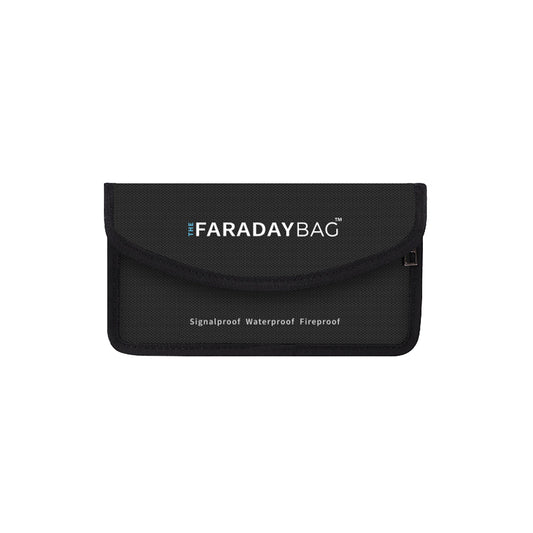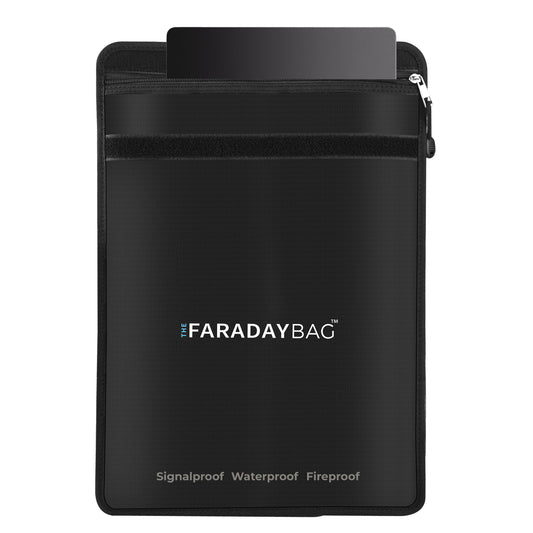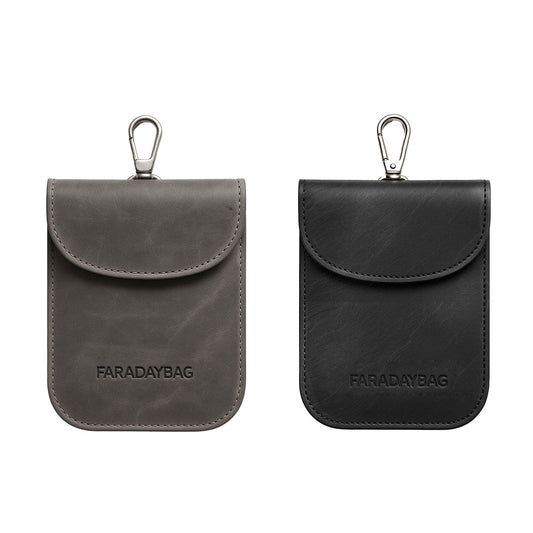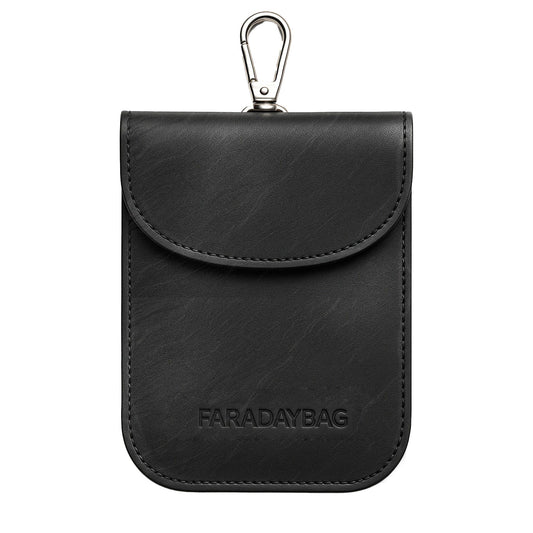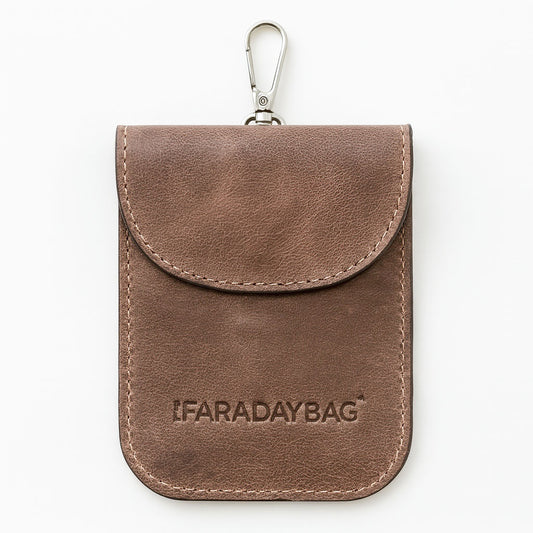How to Build a Faraday Shield: Protect Your Digital Life from EMF, RFID & Signal Intrusions
In an era of constant connectivity, our phones, smart devices, and key fobs are silently communicating 24/7. While this seamless tech experience makes life easier, it also opens the door to tracking, hacking, and exposure to electromagnetic radiation.
The solution? A Faraday Shield.
In this guide, you’ll learn exactly how to build your own Faraday shield, why you might need one, and how this concept powers modern-day Faraday bags designed for phones, car keys, laptops, and more.
🛡 What is a Faraday Shield?
A Faraday Shield, also known as a Faraday cage, is an enclosure made from conductive materials that block electric fields and electromagnetic radiation. It was first developed by Michael Faraday in the 1830s to demonstrate that electromagnetic charges reside only on the outer surface of a conductor, thus shielding whatever is inside.
Today, the same principle is used in everything from microwave ovens and MRI rooms to EMF protective gear and secure data storage containers.
🚨 Why Do You Need One?
Whether you’re concerned about:
• Digital tracking via GPS, WiFi, Bluetooth, or cellular signals
• Data theft from RFID scanners and NFC skimming
• Health concerns due to long-term EMF exposure
• Electromagnetic pulse (EMP) threats that can disable electronics
…a Faraday shield can offer peace of mind.
🔧 How to Build a DIY Faraday Shield at Home
Creating your own Faraday Shield is easier than it sounds. You can build a simple version with materials you likely already have.
Materials You’ll Need:
• A metal container with a tight-fitting lid (e.g., cookie tin, ammo box, steel trash can)
• Cardboard or foam (to insulate and avoid contact between devices and metal)
• Aluminum foil or metal tape (for sealing gaps)
• Optional: Conductive fabric or mesh, copper tape, or grounding wire
Step-by-Step Instructions:
1️⃣ Choose Your Shielding Container
Select a metal container with as few seams as possible. It should be air-tight or close to it. Think of cookie tins, ammo cans, or even a galvanized trash can.
2️⃣ Add an Insulating Layer
Line the interior with cardboard or foam. This prevents direct contact between your devices and the conductive surface, avoiding electrical damage.
3️⃣ Create a Signal Barrier
Wrap the container’s lid and seams with aluminum foil or metal tape to block any signal leakage.
4️⃣ Test Your Shield
Place a phone or Bluetooth device inside, seal it, and try calling or pinging it. If no signal gets through, your DIY Faraday shield is working!
🧪 Taking It to the Next Level: Understanding Materials
To build a more effective Faraday shield—or if you’re thinking long term—you’ll want to understand the materials behind high-performance Faraday solutions.
For example, Faraday Bags use military-grade shielding materials such as:
• Silver Fiber: Ultra-conductive and antimicrobial, used in EMF-blocking apparel like hats, beanies, and scarves.
• Copper-Nickel Blends: Found in Faraday pouches and fabrics, this combo offers high shielding across frequencies from 10kHz to 30GHz.
• TitanRF™ Fabric: Advanced shielding textile found in high-end Faraday bags, offering 60-80 dB of attenuation across a wide spectrum.
These fabrics are tested and layered for flexibility, durability, and maximum signal blocking power—something that’s hard to replicate perfectly with home materials.
🎒 Looking for a Ready-Made Solution?
While DIY Faraday shields are a great start, they’re often bulky and less practical for everyday use. That’s where modern Faraday bags come in.
• Faraday Phone Bags block all wireless signals while still being pocket-sized and stylish.
• Faraday Key Fob Pouches prevent car theft by blocking relay attacks.
• Faraday Laptop Sleeves protect your data and device from intrusion—ideal for professionals and travelers.
• Faraday Blankets & Clothing help reduce constant EMF exposure in high-tech environments.
💡 Many of these products use the same principles you applied in your DIY project, just with more advanced materials and testing for daily reliability.
✅ Final Thoughts: Build It, Then Upgrade It
Learning how to build a Faraday shield helps you understand how electromagnetic shielding works, and empowers you to take control of your digital privacy.
Whether you choose to:
• Store emergency electronics for EMP protection
• Create a privacy box for your smartphone
• Or take the next step with a professionally-made Faraday bag…
…you’re making a smart move in a digitally vulnerable world.

